GUEST BLOGGER LAURA PERDEW
Your Sustainable World is a book about choices and how everyone can play a role in protecting the planet, including kids. The book’s reading level is grades 3-5, but this activity can be adapted for all students!
What is sustainability?
- Introduce sustainability to students. Discuss its meaning and why we need to focus on living more sustainably, making the connection between our everyday choices and the health of the planet. Conversations about climate change, overharvesting of natural resources, and the pollution of air, water, and soil will vary by grade level.
- Ask students what they think sustainability in action looks like. These actions can be large or small – from organizing a school-wide clothing swap to unplugging devices – it all adds up.
- Discuss other key vocabulary terms including fossil fuel, carbon footprint, food miles, and upcycling.
Read and take notes
- Read Your Sustainable World in pairs, individually, or section-by-section as a class, based on the needs of the students.
- After each section, students will discuss and list actionable steps and tips about how to live more sustainably.
Take action!
- Create a class list of actionable steps kids can take to live more sustainably.
- Using the list, each student will identify one sustainable choice they can make to change a habit in their own life or in their family’s life. It might be a commitment to walk or bike to school, to upcycle a piece of clothing, or to stop using plastic straws. Allow students time to share their plan of action with others.
- For one week, students will journal each day about their sustainable choice and how they are changing a habit for the good of the planet.
- During the week, students conduct further research about their sustainable choice and how it makes a difference. This allows students to further understand the connection between their actions and the world around them.
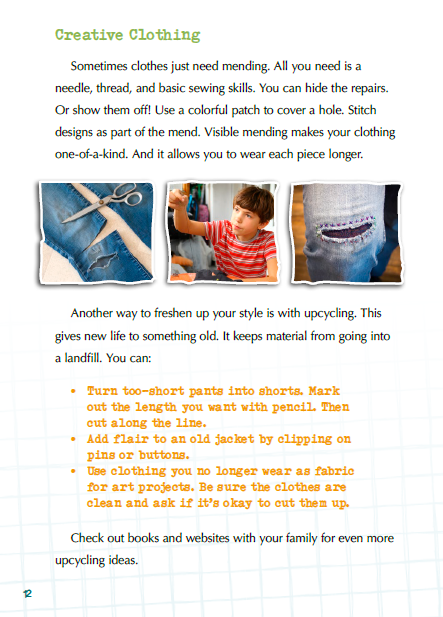
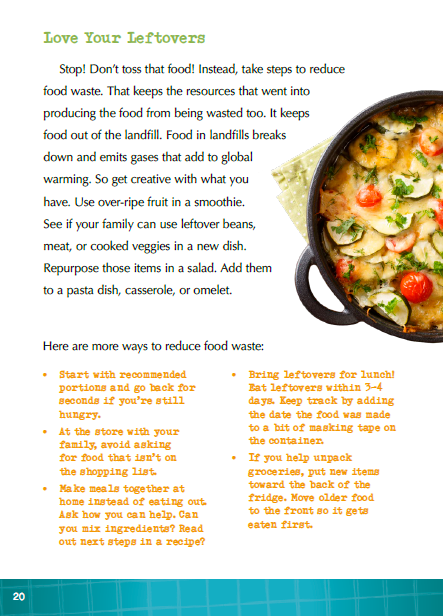
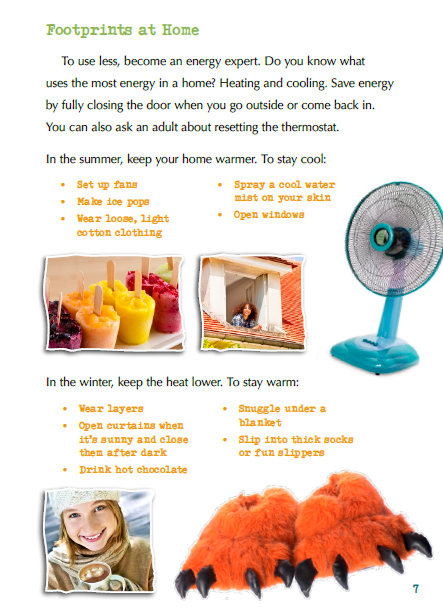
From Your Sustainable World: A Kid’s Guide to Everyday Choices That Help the Planet by Laura Perdew (Capstone, 2024)
Sharing activities
After students have spent a week putting their sustainable choice into action, it’s time to present what they’ve learned. The goal is to share what they’ve done and inspire others to consider making the same sustainable choice. Activities can be adapted to meet the age and ability of students. Here are a few ideas:
Poster – A call to action
Students use their own experience and their research to persuade others to take the same action they did. Posters might include tips, how that sustainable choice makes a difference, or resources to use.
Collection of poems
Using their experience and research, students create a collection of poems that promote their sustainable choice. This might include a haiku about switching cloth napkins instead of paper, a limerick about loving your leftovers, or an ode to the earth.
Do the math
Students assess their week of action and research, and express it mathematically to highlight how even small sustainable actions add up. This might be a graph, pie chart, or bar graph. It could also include calculations. If a student used a refillable water bottle five days that week, how many plastic bottles would they save in a month? A year? What if the whole class started using refillable water bottles? Students will also write a short essay explaining their graphic.
Write a graphic novel
The graphic novel format is a great way for kids who love to draw to communicate what they know. Using their own week of action and their research, students write a short graphic novel to show how their sustainable choice makes a difference.
Podcast
Using the podcast format, students plan and record a short podcast session that highlights their sustainable choice based on both their own experience and research. Bonus points if they interview an expert!
Challenge!
Once the projects and sharing are complete, challenge students to stick to their first action and to make another sustainable choice.
Featured image credit: “Children actively participate in conservation work in Kwale landscape, located in Kenya coastal forests. Wherever little they do locally, have Global impact.” by wwfunitedkingdom is licensed under CC BY-NC-SA 2.0.
Laura Perdew is a mom, author, writing coach, presenter, and former middle school teacher. Her passion for nature and the environment not only led her to move to Colorado decades ago, but also steered her toward writing for children. She writes both fiction and nonfiction for kids, including dozens of books for the education market. One of those, Biodiversity: Explore the Diversity of Life on Earth (Nomad Press, 2019) is on the Booklist editor’s list of the Top 10 Books on the Environment & Sustainability for Youth 2020. She lives, plays, and writes in Boulder, Colorado. Connect with her online:
- Website: www.lauraperdew.com
- Twitter: @lmperdew
- Facebook: @authorLauraPerdew
- Instagram: @authorlaurap
- Pinterest: @lauraperdew
- Bluesky: @lmperdew.bsky.social


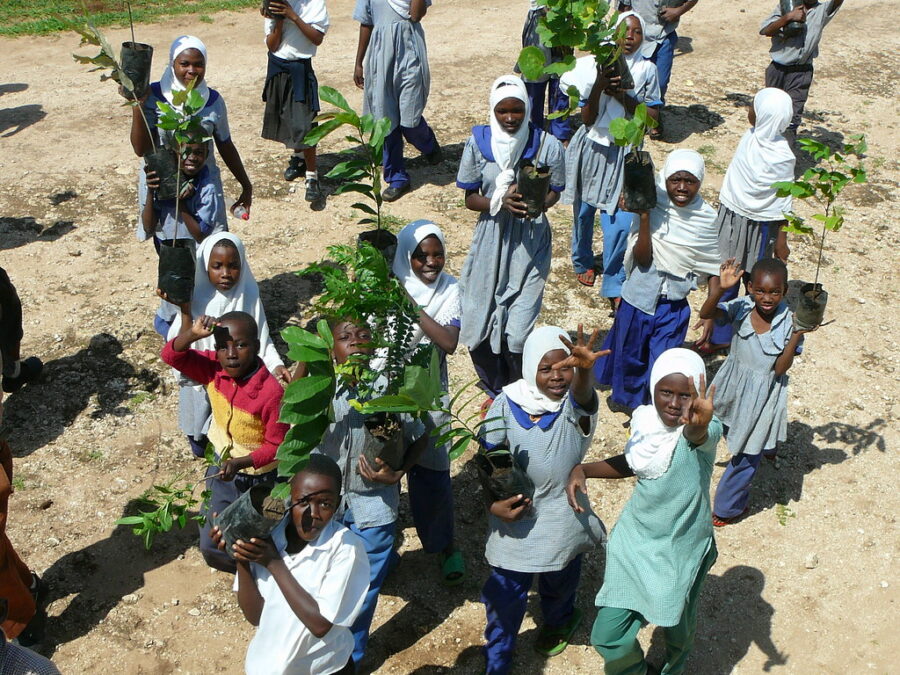

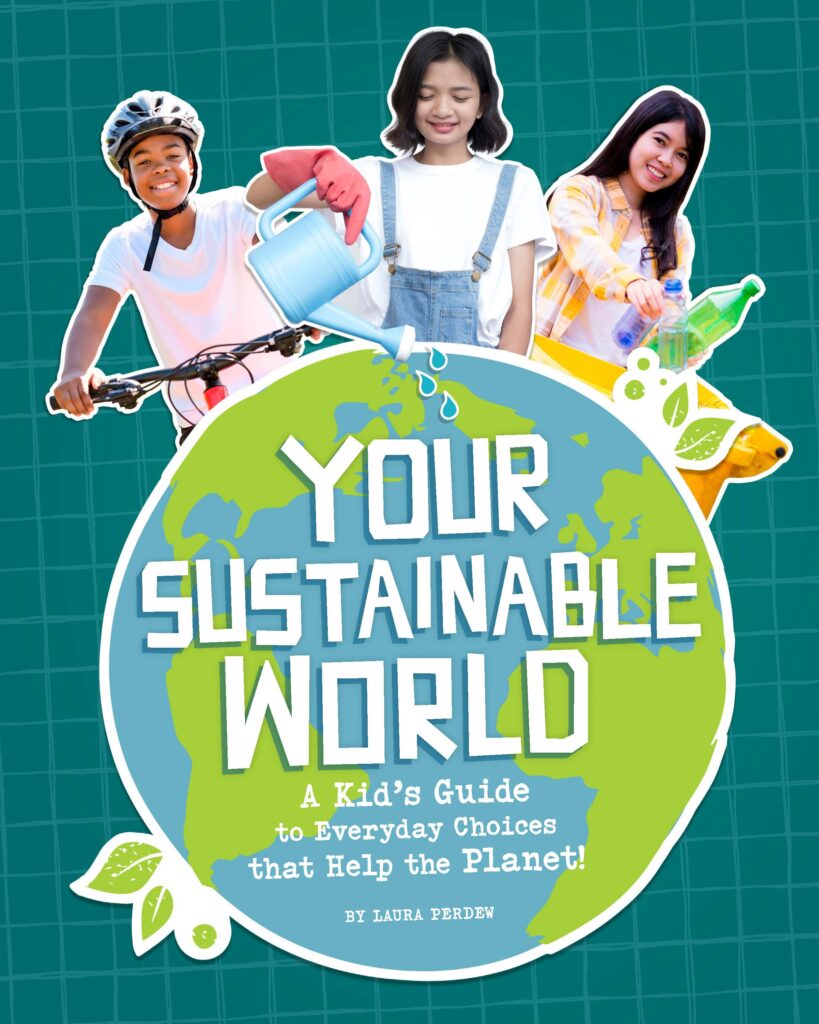
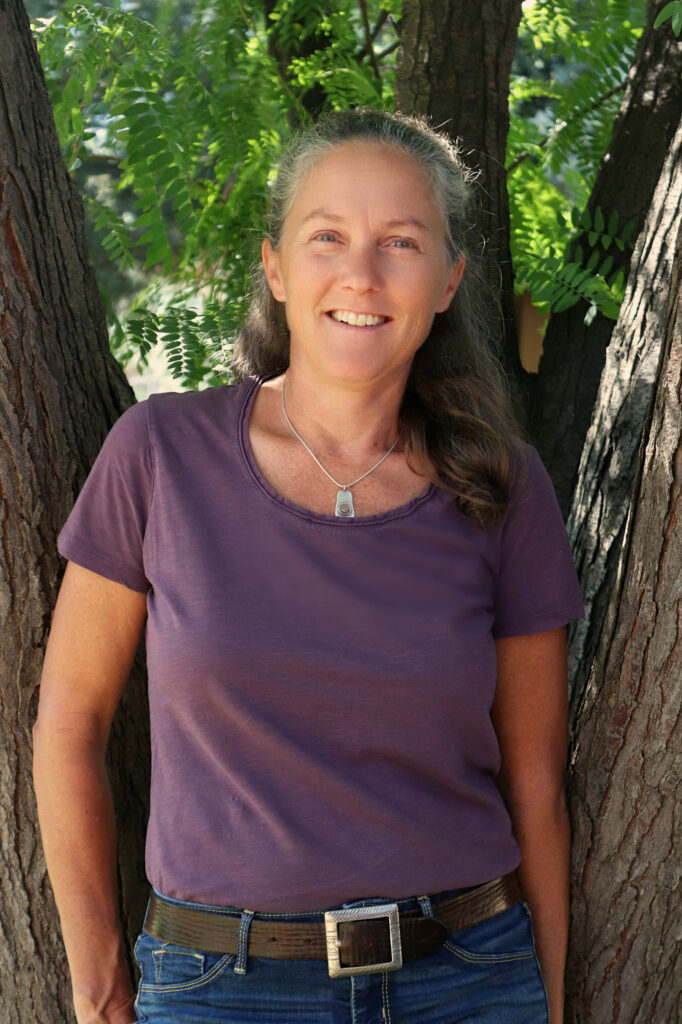
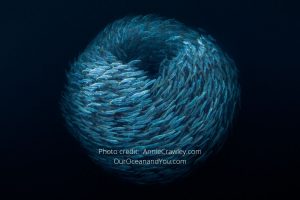
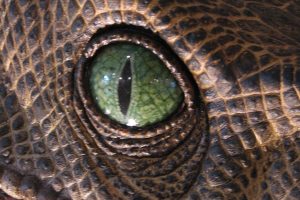



Leave a Reply
Your email is safe with me.